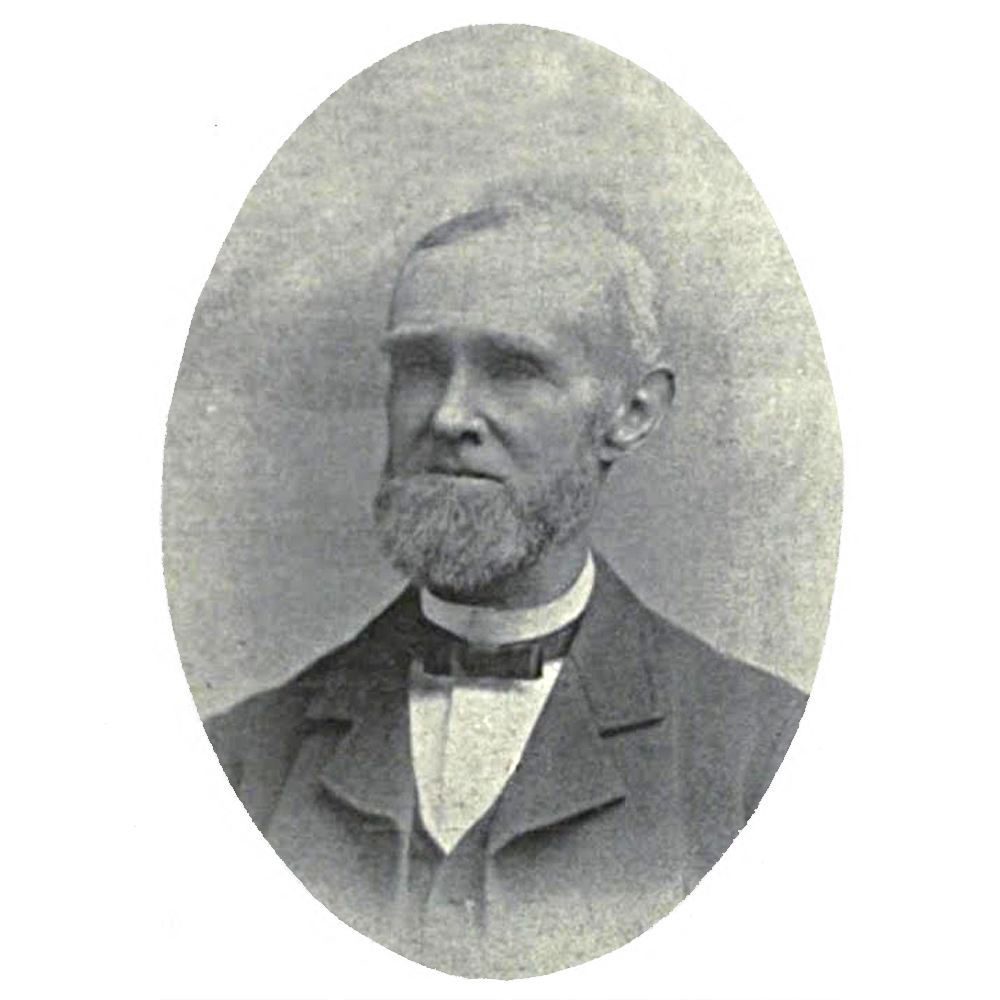Images Courtesy of Suzanne Becker Bronk
The Oakville AVA is a Napa Valley sub-appellation known for its warm climate on the valley floor, which is well suited to wine production. The Oakville AVA is the location of many famous and historic vineyards, including the historic To Kalon vineyard.
Oakville is located in the heart of Napa Valley. This means it experiences both the heat of the northern reaches and the cooling influence of the Bay’s fog and breezes. Because of this, of the Cabernet-centric valley floor appellations (St. Helena, Rutherford, Oakville), its wines, while ripe and powerful, tend to exhibit remarkable finesse and energy. Furthermore, in the western hillsides where the vines are sheltered from the afternoon sun, the wines tend to be more brooding and mineral rich, while those on the volcanic eastern hills that bask in the afternoon sun are dusty, sanguine, with dried fruit tones.
Oakville’s soils vary considerably. In the east they are rust-red and iron-rich with abundant volcanic material mixed into the gravel and loam. In the center of the valley, the soils are deeper, darker in hue and primarily loam-based. The western edge features the famous gravelly fans that include Martha’s Vineyard and To Kalon. Just above this bench, estates such as Harlan are perched on a mix of sedimentary and volcanic rocks and soils.

The Oakville AVA is located in the north of what was the original Rancho Caymus land grant, awarded to early Napa Valley pioneer George C. Yount in 1836. The land grant consisted of two leagues of land bestowed by Governor Nicolas Gutierrez, with influence from Yount's friend General Mariano Vallejo. As the first major landowner in the area, George Yount had a large influence on how the region would develop and was the first person to plant Mission grapes in the region.
Oakville, the town at the center of the Oakville AVA, started out as a water stop in the 1860's for the Napa Valley Railroad Company. The small village that grew around it supposedly took its name from the numerous dark green valley oaks that existed in the area at the time. In 1868, H.W. Crabb, an early Napa Winemaker, purchased 240 acres of land close to the Napa River and established a winery there, calling it "To Kalon", or "The Highest Beauty" in Greek. By the late 1870's, Crabb was producing over 50,000 gallons of wine per year produced from his 130 acres of planted vines.
Today the Oakville AVA has over 5000 acres of land planted to grapevines, with over 50 wineries sourcing their grapes from this appellation. The University of California, Davis currently maintains a 40 acre research vineyard and laboratory facility called Oakville Station. The Oakville AVA was officially designated an American Viticultural Area in 1993.
"It’s all about the place. The Oakville AVA is the epitome of viticultural variations on a diverse theme of bedrock, soils, climate, weather, water, exposure and elevation. The people drawn to farm and make wines from Oakville grapes play a large part in its greatness as they seek to make wines that are pure and transparent, sculpting the essence and adding subtle nuances to express their unique sites."
- Michael Silacci, Opus One
Capturing the elegance and charm of Merlot continues to be our mission at Rutherford Hill. Our Oakville appellation-grown Merlot was so intriguing, distinctive and impressive that we created a separate bottling for you to enjoy. This wine highlights Oakville's distinctive soil and its unique microclimate that is slightly cooler than Rutherford, and slightly warmer than Yountville. This wine showcases our philosophy at Rutherford Hill: producing handcrafted wines of exceptional quality that reflect our vineyards and their unique microclimates.
This Oakville Ranch Cabernet Sauvignon is powerful but with very supple tannins. It is drinking beautifully now.
TA 6.16
pH 3.3
Labry Oakville Sauvignon Blanc - - 100% Sauvignon Blanc clone 1, Oakville, Napa Valley
Our single-vineyard Sauvignon Blanc is hand picked, whole cluster pressed barrel fermented then aged for 18-20 months with very limited production.
100% Cabernet Sauvignon.
CROSSFIRE shows earlier than its fellow Cabernet Sauvignon Beckstofferstable mate from To-Kalon–coming out of the traps blazing! Andy Beckstofferpurchased Missouri Hopper from the Kelhamfamily in 1996. Owing to phylloxera, the vineyard was replanted to multiple clones of Cabernet Sauvignon and other mainly Bordeaux-style varieties. The Missouri Hopper Vineyard origin lies in it being a part of the historic Vine Hill Ranch located north of the town of Yountville in the Oakville AVA. The vineyard is divided into two areas with the wine emanating from both the northerly, younger Block C and the westerly Block D.